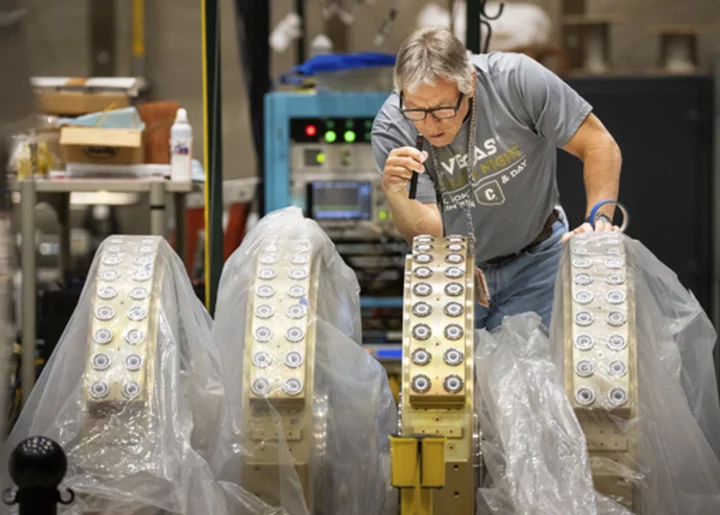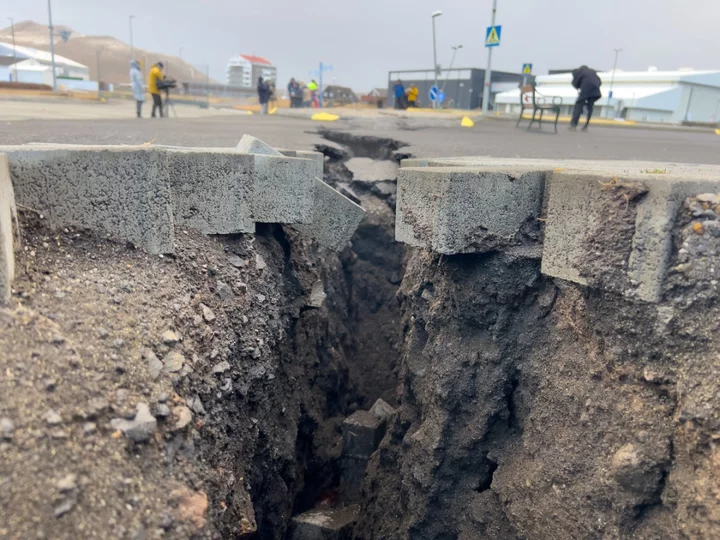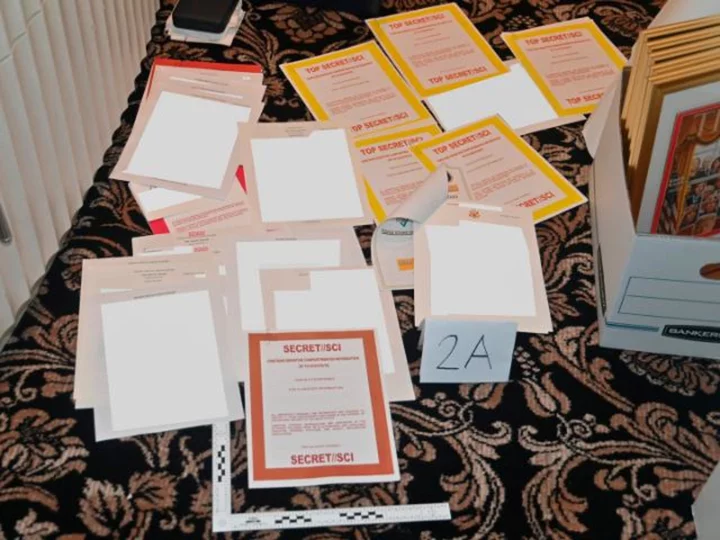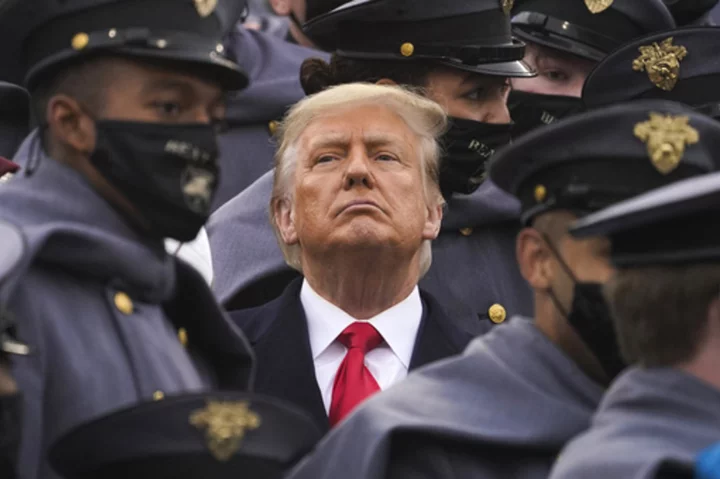RENO, Nev. (AP) — Scientists charged with ensuring the aging U.S. stockpile of nuclear weapons are good to go — if needed — say they'll start shipping key components to Nevada's desert next year to prepare for underground testing they call “tickling the dragon's tail.”
Experts at national defense laboratories haven't been able to physically validate the effectiveness and reliability of nuclear warheads since a 1992 underground test ban. But Energy Department officials announced Thursday they're on the verge of piecing together the technology needed to do the next best thing.
As early as 2027, the $1.8 billion Scorpius project will make it possible to move beyond theoretical computer modeling to study in much more detail the conditions found inside the final stages of a nuclear weapon implosion but without the nuclear explosion, said Jon Custer, the Sandia project lead in Albuquerque, New Mexico.
Scientists call it “tickling the dragon’s tail," Custer said, because the experiment approaches but stays below the stage at which the fission of nuclear materials sustains an ongoing series of chain reactions.
The hope is to answer many pivotal questions about whether the nation's aging nuclear weapons still work as designed.
During the Cold War, those questions were answered by actually setting off nuclear explosions. In the 1950s and early 1960s, the explosions sent mushroom clouds high into the skies above the New Mexico and Nevada deserts. Testing later was limited to underground explosions, which ended in 1992.
In the works for 10 years, the new era of testing has advanced to the next phase at Sandia National Laboratories in New Mexico where workers have started assembling the high-energy electron beam injector considered the most complex piece of Scorpius, Energy Department officials said Thursday.
The experimental machine the length of a football field eventually will sit 1,000 feet (304 meters) below the ground at the Nevada National Security Site.
“It’s clear we need to know that the stockpile will work if required,” Custer said.
“If you had a car in a garage for 30 to 50 years and one day you insert the ignition key, how confident are you that it will start?” he asked. “That’s how old our nuclear deterrent is. It has been more than 30 years since we conducted an underground nuclear explosive test.”
The Los Alamos National Lab in northern New Mexico and Lawrence Livermore National Lab in California also have roles in the project.
The injector being assembled at Sandia is a linear induction accelerator that will generate a high-energy electron beam to collide with a metal target generating X-rays that penetrate test objects. As plutonium is compressed with the high explosives, a detector will convert the X-rays into images recorded by a sensitive camera that can capture images at speeds of 1 billion per second.
Those nanosecond portraits will be compared with images of the same events generated by supercomputer codes to check their accuracy.
Scorpius will be fully assembled in an underground complex at the facility formerly known as the Nevada Test Site, where scientists have been conducting subcritical experiments since 1995 and nuclear testing dates to 1951. The facility is about 65 miles (104 kilometers) north of Las Vegas.
Custer said above-ground facilities have tested explosive behaviors of other materials but the Scorpius experiments will use real plutonium, which is unique.
“Nothing else behaves like it,” Custer said. “So, the question to us is, are we feeding accurate data into our codes about plutonium’s behavior?”
Josh Leckbee, who led the injector development and design for Scorpius, said it will provide more confidence in both existing and new designs.
Plans for the complicated project have been the focus of proposals examined over the past decade during a vetting process at the Energy Department that finds and removes conceptual and technical errors before funding can be committed. Final approval came late last year.
The first shipment of key components to Nevada is scheduled to begin in March. Assembly testing is planned through most of 2025 before the Nevada site will move the injector underground.
“We are looking forward to establishing this capability in 2027, conducting the first subcritical experiments using these new capabilities to support our nuclear deterrent and demonstrate once again our technical prowess as a nation,” said Dave Funk, vice-president for Enhanced Capabilities for Subcritical Experiments at the Nevada National Security Site.









